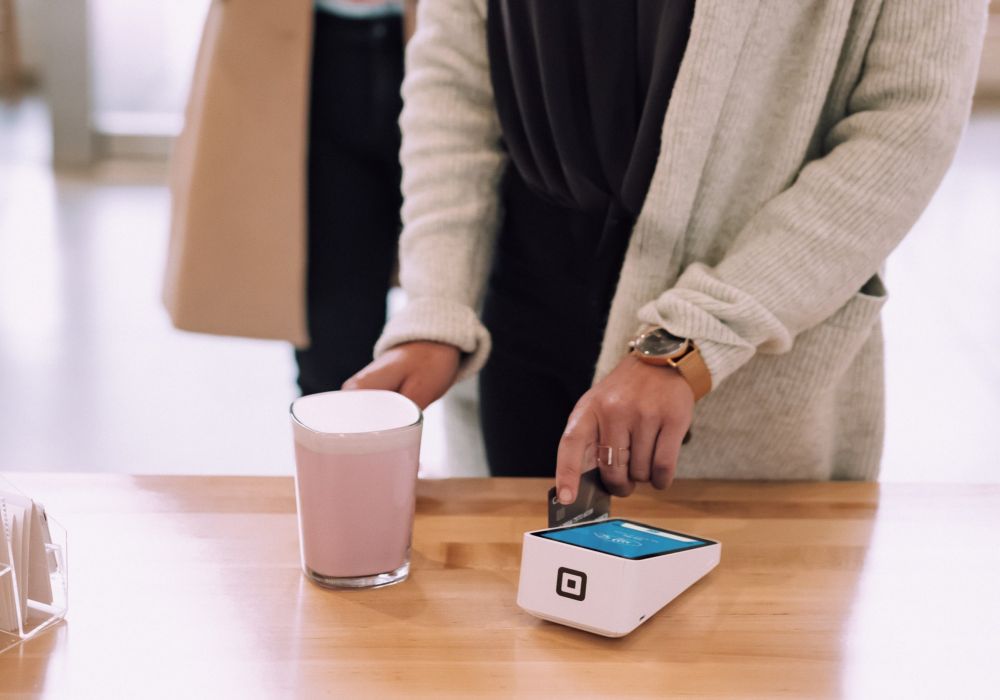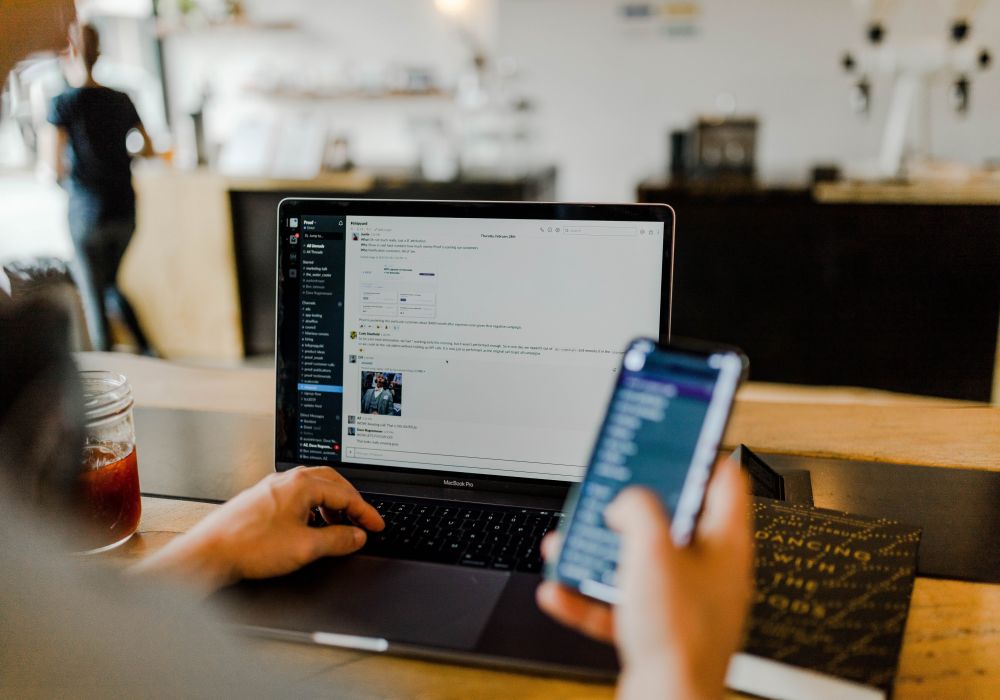About a year ago, I had a lead named Ken come to our website and send a message on our chatbot at 2:52 pm. Not even 60 seconds later a member of my team responded. How much quicker of a reply time can you get than that? You can’t. As humans, we can only work so fast. Under 60 seconds is pretty fast for a human to respond to an inquiry or lead. And yet by the time our team member reached out to Ken, Ken had already left our website. This was happening all the time, so we knew we had to make a change.
Numerous different thoughts and ideas came into our head such as:
- Maybe our website needs to cover the gap between when people write in and when an actual human can respond?
- Should we add a longer about us section? Maybe that will keep people on the website longer, giving us enough time to respond.
- Perhaps a video that plays in the background while you’re waiting for a response?
- Or should we just ditch the idea that we’re going to be around and responding in real-time?
A shift in our focus
Nowadays, B2b companies are more focused than ever on figuring out their entire inbound lead generation process. And, responding to leads a quickly as possible is an integral part of that process.
However, at Lightning AI, we’ve concluded that no matter how fast you are, you’ll likely never be fast enough. And that’s just the cold, hard truth. But luckily, there is a clear solution to this common problem.
We currently live in a time where technology abounds, and therefore, we can rely on this technology to help us give into our customers’ needs. In this situation, these needs require being as fast as possible on all responses, all the time.
How does technology make us faster?
When it comes to responding to inquiries and capturing potential customers in real-time, technology can lead the way. The solution is autonomous onboarding flows and this can look a little different at every company. For Lightning AI, a new onboarding flow means entering into self-serve applications.
Using innovative technology, we completely redesigned our applications so that we can focus on ease of use for people who have no idea what we do or how to use our product.
In doing this we cut out:
- Phone calls
- Demos
- Personalized contracts
And instead, we’re enabling our users to be able to make their own decisions about our product. The results are fantastic because there will never be a way that we as humans can satisfy the instant gratification that our self-serve flow will. To streamline this process, we’ve replaced “book a demo” with “get started now”, and follow-up emails in the sales flow with an onboarding campaign that introduces new product features.
Think about it— if you got a dopamine rush every time someone booked a meeting on your calendar, just imagine how amazing it will feel to see new credit cards coming in and getting charged automatically. At Lightning AI, we truly believe this is the future of B2B SaaS products.
No matter what you do, you can build a self-serve flow. Whether that’s a sandbox to play around in on your marketing website, a code integration to send to a developer or a fully functional self-service application—make sure that you give your users something to do and then enable them to decide for themselves if the software is a good fit for them.
Self-serve is the solution to connecting with your customers now.
Let’s be honest, we are just never going to be fast enough to satisfy the requirements from people used to instant gratification on the internet. We only have one technological solution that actually solves the problem of making sure that you are actually connecting with your prospects and customers.
Self-serve is also incredibly scalable. The sales cycles are shorter, which means there’s much less required of your company from a sales perspective overall. In addition, the bottom of the market can be big. By moving to a self-serve product, our total addressable target market at Lighting AI moved from 3,000 companies to 650,000+.



